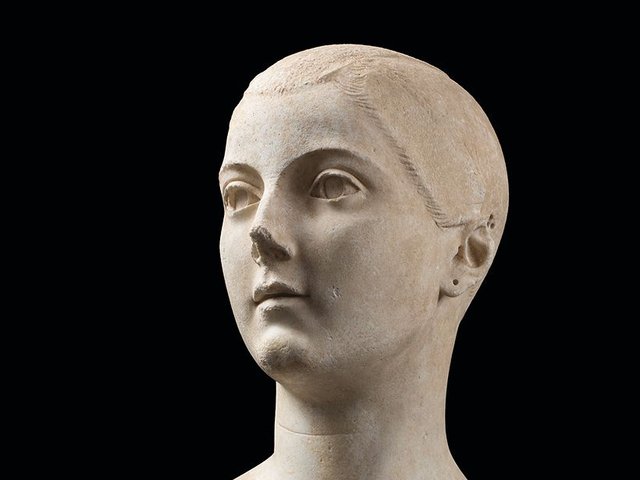Roman sculptures from the Torlonia collection—considered to be the finest group of Greco-Roman antiquities still in private hands—will tour the United States and Canada next year, marking the first time these works have been shown outside Europe.
The tour launches at the Art Institute of Chicago (15 March–29 June 2025) before travelling to the Kimbell Art Museum in Fort Worth (14 September 2025–25 January 2026) and the Montreal Museum of Fine Arts (14 March 2026–19 July 2026).
The North American shows will feature 58 highlights from the Torlonia Collection, including 24 newly restored pieces. Works on view date from around the fifth century BC to the early fourth century, with the majority of the works dating to the High Imperial period of the Roman Empire (first-second centuries AD).
The show, Myth and Marble: Ancient Roman Sculpture from the Torlonia Collection, will be organised thematically in six sections, opening with “Icons of the Torlonia Collection”, featuring Portrait of a Young Woman, known as the Maiden of Vulci (first century BC).
The next section, “Torlonia Excavations”, includes sculptures found on the Torlonia family’s properties in Rome and the surrounding suburbs and their estate in Porto, Portugal, such as Attic Votive Relief (fifth century BC). The final section, “Funerary Sculpture”, presents funerary monuments such as sarcophagi.
In 1875, Prince Alessandro Torlonia created a private museum on Rome’s Via della Lungara where 517 sculptures were housed, growing to 620 works by 1884. Largely inaccessible after the Second World War, the collection was moved into three rooms of the building in the 1970s by a descendant, Alessandro Torlonia, who converted the palazzo into apartments without planning permission. Following decades of negotiations with the state, the family formally agreed in 2016 to exhibit the works.
A selection of 92 pieces was restored with sponsorship from the luxury jeweller Bulgari for a major exhibition at Villa Caffarelli, Capitoline Museums, Rome, in 2020. “The Torlonia Foundation opened the Laboratorio Torlonia (workshop) near the original site of the Torlonia Museum, where the 620 sculptures have always been preserved,” says Carlotta Loverini Botta, the director of the Torlonia Foundation which oversees the collection. “Thanks to the support of Bulgari, we have already succeeded in restoring more than 150 of them.”
The Italian art historian Vittorio Sgarbi urged the Italian government to buy the collection—which he said was worth €250m—when the Rome show opened. The exhibition also sparked feverish speculation about a possible museum for the sculptures in Rome.
“The final goal of the foundation is to reopen the Torlonia Museum in Rome to the public permanently,” adds Botta. “There has always been an ongoing dialogue between the Italian Ministry of Culture, the family and the foundation to determine the appropriate venue, which is still to be identified.” A selection of Torlonia works are currently on show at the Louvre in Paris (until 6 January).

Portrait of a Man, known as the Old Man of Otricoli
Photo byLorenzo De Masi© Torlonia Foundation






